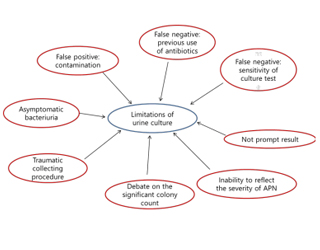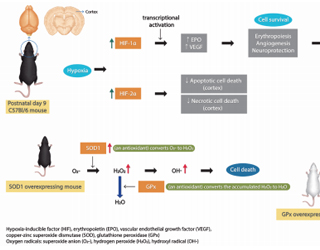- Perspective
- Allergy
- Food allergy and food-induced anaphylaxis in children: an increasing critical public health issue
- Sooyoung Lee
- Clin Exp Pediatr. 2019;62(12):431-432. Published online November 12, 2019
-
- Review Article
- Nephrology (Genitourinary)
- Reconsideration of urine culture for the diagnosis of acute pyelonephritis in children: a new challenging method for diagnosing acute pyelonephritis
- Jun Ho Lee, Seonkyeong Rhie
- Clin Exp Pediatr. 2019;62(12):433-437. Published online October 18, 2019
-

Acute pyelonephritis (APN) should be detected and treated as soon as possible to reduce the risk of the development of acquired renal scarring. However, in the medical field, urine culture results are not available or considered when the prompt discrimination of APN is necessary and empirical treatment is started. Furthermore, urine culture cannot discriminate APN among children with febrile urinary...
- Editorials
- Neonatology (Perinatology)
- Eosinophil count and neutrophil-to-lymphocyte count ratio as biomarkers for predicting early-onset neonatal sepsis
- Jang Hoon Lee
- Clin Exp Pediatr. 2019;62(12):438-439. Published online July 9, 2019
-
- Practical considerations when administering surfactants to preterm infants with respiratory distress syndrome
- Heui Seung Jo
- Clin Exp Pediatr. 2019;62(12):440-441. Published online August 16, 2019
-
- Nephrology (Genitourinary)
- Is there a simple and less invasive way to accurately diagnose acute pyelonephritis?
- Seong Heon Kim
- Clin Exp Pediatr. 2019;62(12):442-443. Published online November 19, 2019
-

- Original Articles
- Neonatology (Perinatology)
- Hypoxia-inducible factor: role in cell survival in superoxide dismutase overexpressing mice after neonatal hypoxia-ischemia
- Ga Won Jeon, R. Ann Sheldon, Donna M Ferriero
- Clin Exp Pediatr. 2019;62(12):444-449. Published online October 18, 2019
-

Background: Sixty percent of infants with severe neonatal hypoxic-ischemic encephalopathy die, while most survivors have permanent disabilities. Treatment for neonatal hypoxic-ischemic encephalopathy is limited to therapeutic hypothermia, but it does not offer complete protection. Here, we investigated whether hypoxia-inducible factor (HIF) promotes cell survival and suggested neuroprotective strategies.
Purpose: HIF-1α-deficient mice have increased brain injury after neonatal hypoxia-ischemia (HI), and the...
- Endocrinology
- Lipid accumulation product is a predictor of nonalcoholic fatty liver disease in childhood obesity
- Bahar Özcabı, Salih Demirhan, Mesut Akyol, Hatice Öztürkmen Akay, Ayla Güven
- Clin Exp Pediatr. 2019;62(12):450-455. Published online October 28, 2019
-

Background: Lipid accumulation product (LAP) is associated with the presence and severity of nonalcoholic fatty liver disease (NAFLD) in adults.
Purpose: Here we evaluated the ability of LAP to predict NAFLD in obese children. Methods: Eighty obese children (38 girls; age 6–18 years) were included. Anthropometric measurements and biochemical values were obtained from the patients’ medical records. LAP was calculated as [waist...












